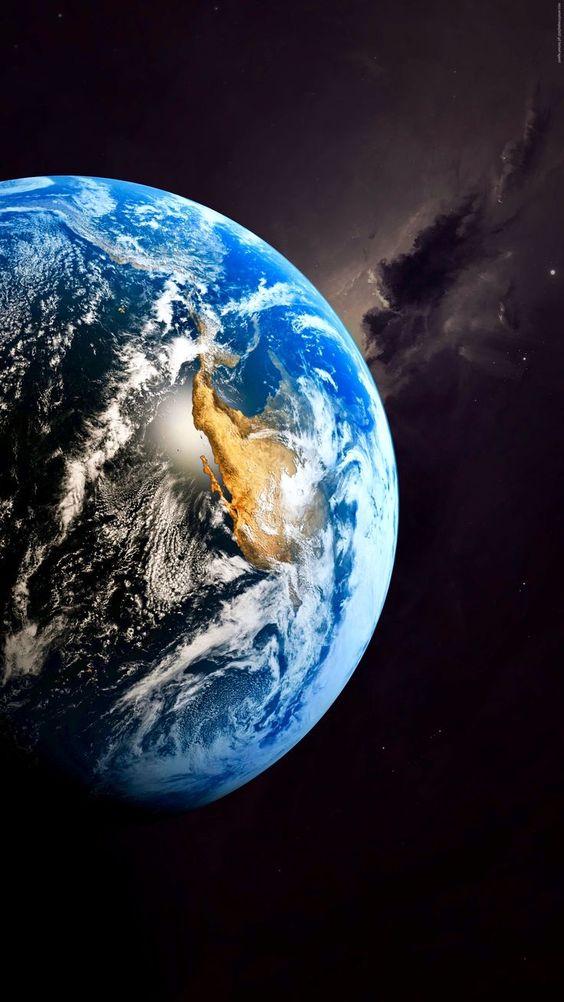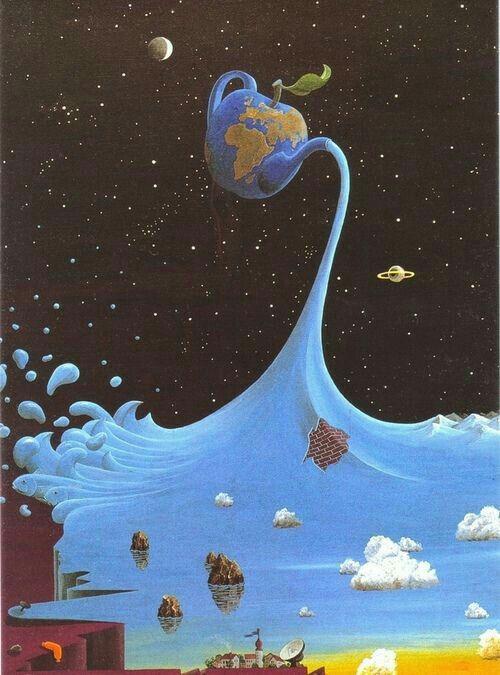Purdue University researchers' discovery sheds light on life and its origins on Earth. It can also help save lives by improving medicinal chemistry reactions.
The chemistry of life's emergence, the way in which only organic, carbon-containing molecules began to attach to large, self-replicating molecules such as DNA and formed life is a mystery. But scientists believe this ancient transition from chemistry to biochemistry took place in Earth's ancient oceans. But there is a problem here.
Even if biochemistry and organic life require liquid water, the chemical reactions necessary to form the first building blocks of life cannot occur in a completely water-saturated environment. It is interesting, is not it? I can't wait to get into the details of our news.

The fact that countless life forms now exist, including humans, is proof enough that life has found a way. But what could be the chemistry behind this origin? Purdue University Professor of Analytical Chemistry Graham Cooks may have solved this puzzle.
In a new paper published Monday in the Proceedings of the National Academy of Sciences, Dr Graham and colleagues at Purdue Dylan Holden and Nicolas Morato describe the results of their research, showing the results of their research showing peptide molecules, the chemical reactions necessary to form molecules essential for life.
That thin film between water and air provides enough dryness to allow important chemical reactions to take place. Chemical reactions that researchers are also interested in are combining amino acids with larger peptide molecules.
Also Read: Features of Samsung Galaxy A14 Model Leaked
What Have Scientists Said About the Chemistry Behind the Origin of Life?
Amino acids are the building blocks of more complex biochemistry. Amino acids are simple, carbon-based molecules that link together in chains of up to 50 to form peptides. Longer chains of amino acids form polypeptides that link together to form proteins.
Amino acids can be formed from non-essential chemical reactions that do not lead to the creation of life. Let's also point out that amino acids are very important as a part of life. The amino acids adenosine, cytosine, guanine, and thymine form the backbone of DNA, polypeptides make up hormones like insulin, and proteins like collagen help build the structure of our body.

However, in order for amino acids to bind and form peptide chains, they must give up a water molecule. And this is something that seems impossible to scientists in the wet world of the ocean.
But Dr Cooks and his colleagues at Purdue, Dylan Holden and Nicolas Morato, show that the surface of tiny water droplets formed by crashing waves or splashing currents provides an environment where amino acids can form these bonds, allowing larger molecules to form.
Dr Cooks made the following statements. “Actually, this is the chemistry behind the origin of life. This is the first evidence that primitive molecules, simple amino acids, spontaneously form peptides, the building blocks of life, in droplets of pure water."
Dr Cooks said, “Reaction rates in droplets are one hundred to one million times faster than when the same chemicals react in bulk solution. Using droplet chemistry, we made a device currently used at Purdue to accelerate the synthesis of new chemicals and potential new drugs.”





No comments yet for this news, be the first one!...